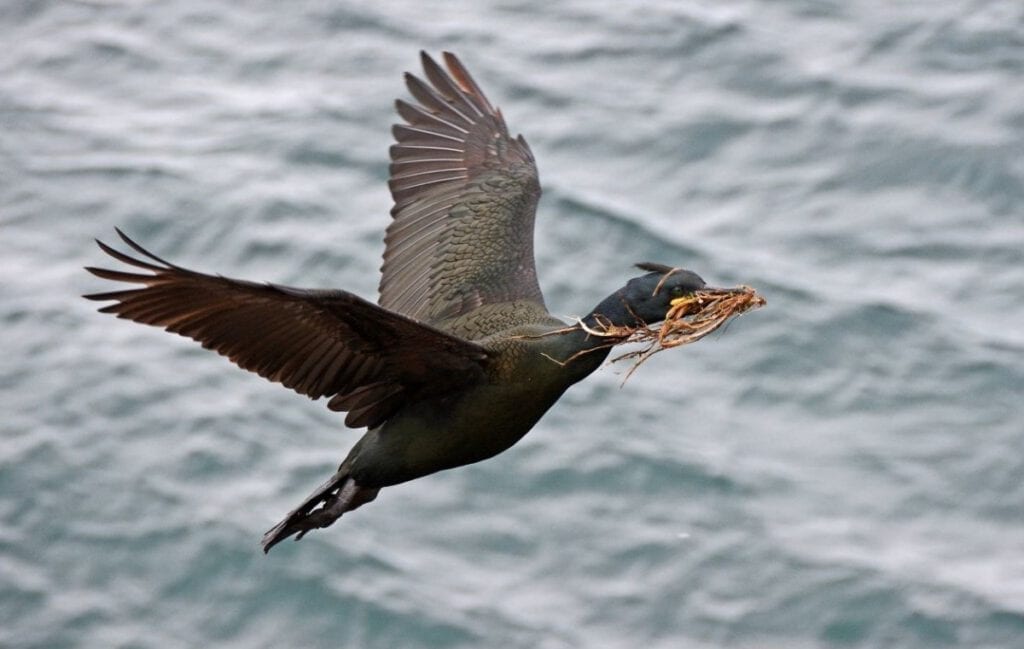Nesting European shags profit from readily accessible shoals of saithe.
A study conducted at the SEAPOP key site Sklinna shows that when access to saithe is good, the breeding population of European shags is larger and their breeding success is higher. They also fly shorter distances to find prey.
Demography data and technological devices
Seabird populations worldwide face a variety of threats, including anthropogenic changes of the environment, and we need to know how changes in these populations vary with environmental conditions. This was the basis for a study conducted at Sklinna, where researchers from SEAPOP investigated breeding success and behaviour among European shags in relation to diet composition. Using data from GPS-tracking and dive recorders mounted on shags breeding in the colony from 2011 to 2016, the researchers cold document how the birds’ reproductive success was affected by their choice of prey, foraging trip distance and foraging dive depth.
Read the article:
Saithe is crucial
The breeding success of the European shags increased with the amount of saithe in their diet. When saithe was scarce, fewer shags bred, and those that did produced fewer chicks than in years when saithe was more available. When there was little saithe, the birds also travelled longer and dived deeper than in years with more saithe. The study confirms the key role of saithe in the diet of the European shag and indicates that in years with poor saithe availability, the resources in the feeding areas might be insufficient to cover the needs of the whole breeding population at Sklinna.
Contact person: Svein-Håkon Lorentsen, NINA
